

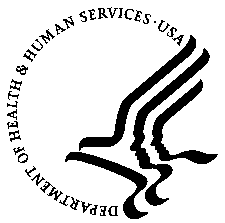
Y O U R G U I D E T O
Physical Activity and
Your Heart
U.S. DEPARTMENT OF HEALTH AND HUMAN SERVICES
National Institutes of Health
National Heart, Lung, and Blood Institute
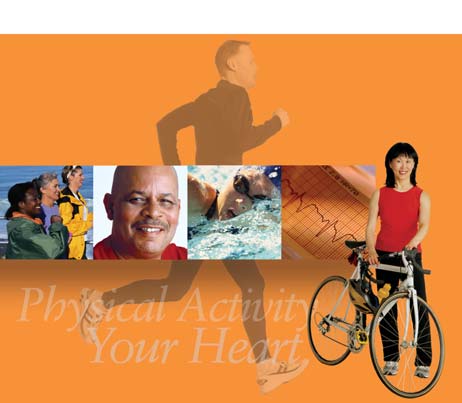
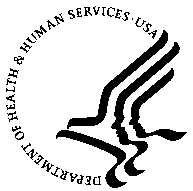
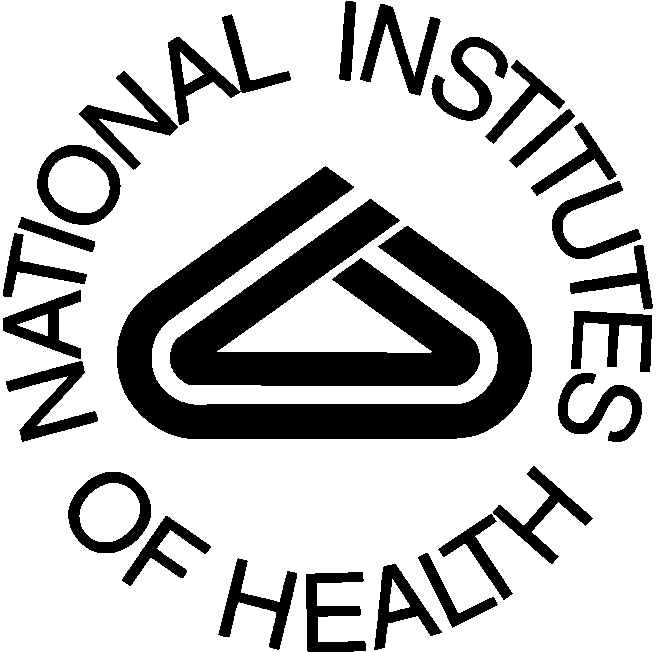
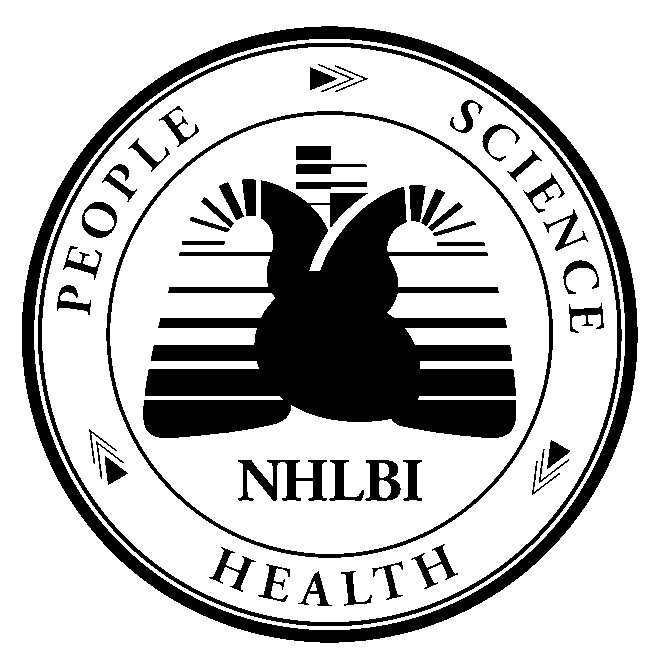
Y O U R G U I D E T O
Physical Activity and
Your Heart
U.S. DEPARTMENT OF HEALTH AND HUMAN SERVICES
National Institutes of Health
National Heart, Lung, and Blood Institute
NIH Publication No. 06-5714
June 2006
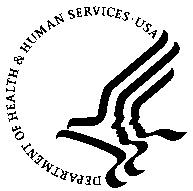
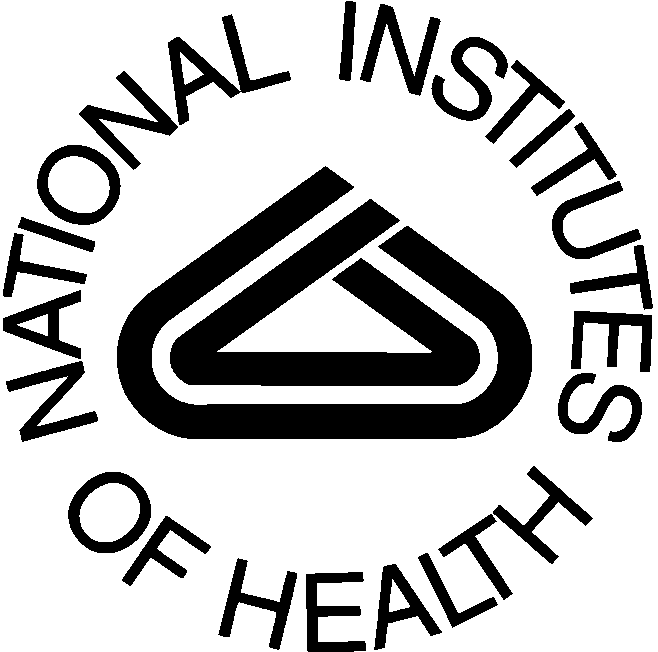
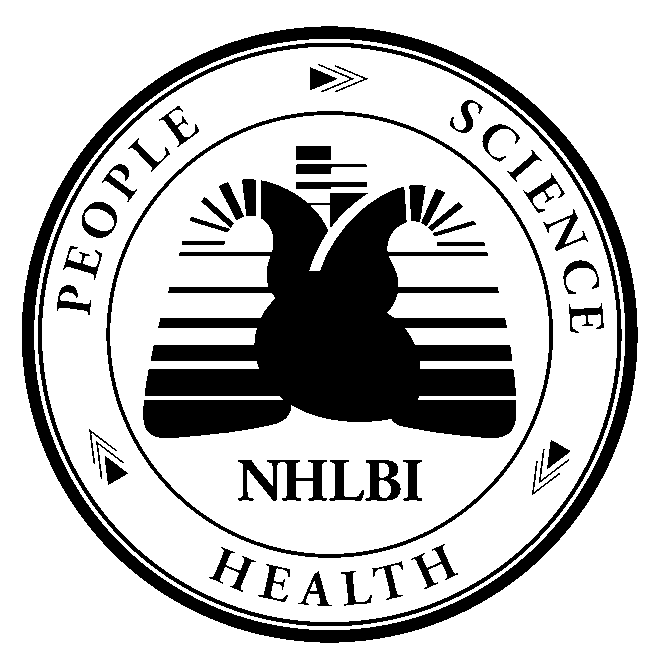
U.S. DEPARTMENT OF HEALTH AND HUMAN SERVICES
National Institutes of Health
National Heart, Lung, and Blood Institute
Contents
On the Move . . . . . . . . . . . . . . . . . . . . . . . . . . . . . . . . . . . . . . . . . . . . . . . . . 1
Physical Activity and Your Health . . . . . . . . . . . . . . . . . . . . . . . . . . . . . . . . 3
Physical Activity: The Heart Connection. . . . . . . . . . . . . . . . . . . . . . . . . . . . 4
Heart Disease Risk Factors . . . . . . . . . . . . . . . . . . . . . . . . . . . . . . . . . . . . . 5
You Have Control . . . . . . . . . . . . . . . . . . . . . . . . . . . . . . . . . . . . . . . . . . 6
Eight Tips for Heart Health . . . . . . . . . . . . . . . . . . . . . . . . . . . . . . . . . . . 7
Physical Activity: The Calorie Connection . . . . . . . . . . . . . . . . . . . . . . . . . . 7
The Benefits Keep Coming . . . . . . . . . . . . . . . . . . . . . . . . . . . . . . . . . . . . . 8
Go for the Burn! . . . . . . . . . . . . . . . . . . . . . . . . . . . . . . . . . . . . . . . . . . . 9
Great Moves . . . . . . . . . . . . . . . . . . . . . . . . . . . . . . . . . . . . . . . . . . . . . . . . 11
Types of Physical Activity . . . . . . . . . . . . . . . . . . . . . . . . . . . . . . . . . . . . . 11
Working Together for Health . . . . . . . . . . . . . . . . . . . . . . . . . . . . . . . . . . . 11
A Complete Activity Program. . . . . . . . . . . . . . . . . . . . . . . . . . . . . . . . . 12
Three Moves for Health . . . . . . . . . . . . . . . . . . . . . . . . . . . . . . . . . . . . 13
Intensity Levels . . . . . . . . . . . . . . . . . . . . . . . . . . . . . . . . . . . . . . . . . . . . 14
Choosing Your Moves . . . . . . . . . . . . . . . . . . . . . . . . . . . . . . . . . . . . . . 15
Getting in Motion . . . . . . . . . . . . . . . . . . . . . . . . . . . . . . . . . . . . . . . . . . . . 17
Exploding the Myths . . . . . . . . . . . . . . . . . . . . . . . . . . . . . . . . . . . . . . . . . 17
Taking Precautions . . . . . . . . . . . . . . . . . . . . . . . . . . . . . . . . . . . . . . . . . . 19
Choosing the Right Activity . . . . . . . . . . . . . . . . . . . . . . . . . . . . . . . . . . . . 20
Smart Moves . . . . . . . . . . . . . . . . . . . . . . . . . . . . . . . . . . . . . . . . . . . . . . 23
Tracking Your Target Heart Rate. . . . . . . . . . . . . . . . . . . . . . . . . . . . . . . . . 24
Finding Your Target Heart Rate Zone . . . . . . . . . . . . . . . . . . . . . . . . . . . 25
A Sample Walking Program. . . . . . . . . . . . . . . . . . . . . . . . . . . . . . . . . . 27
A Sample Jogging Program . . . . . . . . . . . . . . . . . . . . . . . . . . . . . . . . . 28
Playing It Safe . . . . . . . . . . . . . . . . . . . . . . . . . . . . . . . . . . . . . . . . . . . . . . 31
Avoid Injury . . . . . . . . . . . . . . . . . . . . . . . . . . . . . . . . . . . . . . . . . . . . . . . 31
Eat Right . . . . . . . . . . . . . . . . . . . . . . . . . . . . . . . . . . . . . . . . . . . . . . . . . 32
Check the Weather Report . . . . . . . . . . . . . . . . . . . . . . . . . . . . . . . . . . . . 32
Taking Too Much Heat . . . . . . . . . . . . . . . . . . . . . . . . . . . . . . . . . . . . . 33
Seek Company. . . . . . . . . . . . . . . . . . . . . . . . . . . . . . . . . . . . . . . . . . . . . 34
Contents
Know the Signs of a Heart Problem . . . . . . . . . . . . . . . . . . . . . . . . . . . . . . 34
Get Back in the Swing . . . . . . . . . . . . . . . . . . . . . . . . . . . . . . . . . . . . . . . 34
iv
Staying Active . . . . . . . . . . . . . . . . . . . . . . . . . . . . . . . . . . . . . . . . . . . . . . 37
Motivation Makers . . . . . . . . . . . . . . . . . . . . . . . . . . . . . . . . . . . . . . . . . . 37
Creating Opportunities . . . . . . . . . . . . . . . . . . . . . . . . . . . . . . . . . . . . . . . 38
Family Fitness . . . . . . . . . . . . . . . . . . . . . . . . . . . . . . . . . . . . . . . . . . . 39
Measuring Your Mileage . . . . . . . . . . . . . . . . . . . . . . . . . . . . . . . . . . . . 40
Moving Toward Health . . . . . . . . . . . . . . . . . . . . . . . . . . . . . . . . . . . . . . . . 41
To Learn More . . . . . . . . . . . . . . . . . . . . . . . . . . . . . . . . . . . . . . . . . . . . . . 43
1
On the Move
Chances are, you already know that physical activity is good for you. “Sure,” you may say. “When I get out and move around, I know it helps me to feel and look better.” But you may not realize just how important regular physical activity is to your health.
According to the U.S. Surgeon General’s Report on Physical Activity and Health, inactive people are nearly twice as likely to develop heart disease as those who are more active. This is true even if you have no other conditions or habits that increase your risk for heart disease. Lack of physical activity also leads to more visits to the doctor, more hospitalizations, and more use of medicines for a variety of illnesses.
The good news is that physical activity can protect your heart in a number of important ways. Moreover, to get benefits, you don’t have to run a marathon. Regular activity—something as simple as a brisk, 30-minute walk each day—can help you to reduce your risk of heart disease.
This booklet will help you to understand the impact of physical activity on your heart, as well as the power of regular activity to help keep you healthy overall. It will also offer plenty of ideas on starting a physical activity program that will be both healthful and enjoyable. Just as important, you’ll get tips for keeping up with the activity or activities you choose, since staying active over time is important to long-term health. So use this booklet often for information, ideas, and to keep you motivated. When to start getting fit?
There’s no time like today.
On the Move
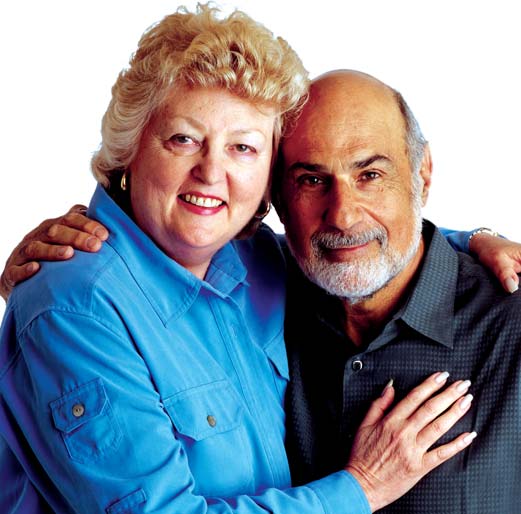
2
A L A N A N D L I L A L E T O W
Exercise and taking good care of ourselves
“are important parts of our life plan. Lila and
I exercise regularly and look to not only
cardiovascular and strength building exercises,
but also to improving our muscle flexibility and
range of motion. Hopefully, this should keep us
fit for the years ahead. ”
3
Physical Activity and
Your Health
If you currently get regular physical activity, congratulations! But if you’re not yet getting all the activity you need, you have lots of company. According to the Centers for Disease Control and Prevention (CDC), 60 percent of Americans are not meeting the recommended levels of physical activity. Fully 16 percent of Americans are not active at all. Overall, women tend to be less active than men, and older people are less likely to get regular physical activity than younger individuals.
What does it mean to get “regular physical activity?” To reduce the risk of heart disease, adults need only do about 30 minutes of moderate activity on most, and preferably all, days of the week. This level of activity can also lower your chances of having a stroke, colon cancer, high blood pressure, diabetes, and other medical problems.
If you’re also trying to manage your weight and prevent gradual, unhealthy weight gain, try to get 60 minutes of moderate- to vigorous-intensity activity on most days of the week. At the same time, watch your calories. Take in only enough calories to maintain your weight. Those who are trying to keep weight off should aim a bit higher: Try to get 60–90 minutes of moderate-intensity activity daily, without taking in extra calories. Later in the book, you’ll find out more about the types of activities that you can easily fit into your routine, as well as ways to break up your activity time into manageable segments.
Physical Activity and Y
If you’re not as active as you might be, take a moment to consider why. Maybe you’re just in the habit of traveling by car or bus, even when you’re not going far. In your free time, perhaps it’s tempting to sit down in front of the TV or computer rather than do something more vigorous. It’s easy to get busy or tired and decide that it’s just simpler to put off that brisk walk or bike ride. But when you think our Health
about the serious problems that physical inactivity can create for your health—and the enormous rewards of getting regular activity—
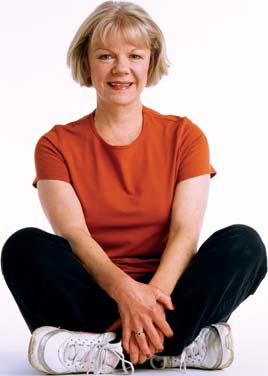
4
you may want to reconsider. Let’s start with the ways that physical activity affects your heart.
Physical Activity: The Heart Connection
It’s worth repeating: Physical inactivity greatly increases your risk of developing heart disease. Heart disease occurs when the arteries that supply blood to the heart muscle become hardened and narrowed, due to a buildup of plaque on the arteries’ inner walls.
Plaque is the accumulation of fat, cholesterol, and other substances.
As plaque continues to build up in the arteries, blood flow to the heart is reduced.
Heart disease can lead to a heart attack. A heart attack happens when a cholesterol-rich plaque bursts and releases its contents into the bloodstream. This causes a blood clot to form over the plaque, totally blocking blood flow through the artery and preventing vital oxygen and nutrients from getting to the
heart. A heart attack can cause perma-
nent damage to the heart muscle.
Some people aren’t too concerned
about heart disease because they
think it can be cured with surgery.
This is a myth. Heart disease is
a lifelong condition. It’s true
that certain procedures can
help blood and oxygen flow
more easily to the heart.
But the arteries remain dam-
aged, which means you are
still more likely to
ur Hearto
have a heart attack.
What’s more, the
condition of your
blood
vessels will steadily
worsen unless you
make changes in your
daily habits and control
other factors that
ur Guide to Physical Activity and Yo
increase risk.
Y
5
Heart disease is a serious disease—and too often, a fatal one. It is the number one killer of Americans, with 500,000 people in the United States dying of heart disease each year. Many others with heart problems become permanently disabled. That’s why it’s so vital to take action to prevent this disease. Getting regular physical activity should be part of everyone’s heart disease prevention program.
Heart Disease Risk Factors
Risk factors are conditions or habits that make a person more likely to develop a disease. They can also increase the chances that an existing disease will get worse. Certain risk factors for heart disease, such as getting older or having a family history of early heart disease, can’t be changed. But physical inactivity is a major risk factor for heart disease that you have control over. You can make a decision to get regular physical activity, and this booklet can help you create a workable, enjoyable program that will help you protect your heart.
Other major risk factors for heart disease that you can change are smoking, high blood pressure, high blood cholesterol, overweight, and diabetes. (See the box, “You Have Control,” on page 6.) Every risk factor counts. Research shows that each individual risk factor greatly increases the chances of developing heart disease and having a heart attack. A damaged heart can damage your life, by interfering with enjoyable activities and even keeping you from doing simple things, such as taking a walk or climbing steps.
But it’s important to know that you have a lot of power to protect your heart health. (See the box, “Eight Tips for Heart Health,” on page 7.) Getting regular physical activity is an especially important part of your healthy heart program, because physical activity both directly reduces your heart disease risk and reduces your chances Physical Activity and Y
of developing other risk factors for heart disease. For example, regular physical activity may reduce LDL (bad) cholesterol, increase HDL (good) cholesterol, and lower high blood pressure. It can also protect your heart by helping to prevent and control diabetes.
Finally, physical activity can help you to lose excess weight or stay at your desirable weight, which will also help to lower your risk of our Health
6
You Have Control
Physical inactivity is one of several major risk factors for heart disease that you can do something about. The others are:
Smoking. People who smoke are up to six times more likely to suffer a heart attack than nonsmokers, and the risk increases with the number of cigarettes smoked each day. Quitting will greatly reduce your risk.
Check with local community groups for free or low-cost programs designed to help people stop smoking.
High Blood Pressure. Also known as hypertension, high blood pressure increases your risk of heart disease, stroke, kidney disease, and congestive heart failure. Your health care provider can check your blood pressure by means of a simple test using an inflatable arm cuff. Blood pressure often can be entirely controlled by getting regular physical activity, losing excess weight, cutting down on alcohol, and changing eating habits, such as using less salt and other forms of sodium. For some people, medication is also needed.
High Blood Cholesterol. High blood cholesterol can lead to the buildup of plaque in your arteries, which raises the risk of a heart attack.
Starting at age 20, everyone should have their cholesterol levels checked by means of a blood test called a “lipoprotein profile.” You can lower high blood cholesterol by getting regular physical activity, eating less saturated fat and trans fat, and managing your weight. In some cases, medication is also needed.
Overweight. If you are overweight or obese, you are more likely to develop heart disease even if you have no other risk factors. Ask your doctor to help you determine whether you need to lose weight for your health. The good news: Losing just 5–10 percent of your current weight will help to lower your risk of heart disease and many other ur Hearto
medical disorders.
Diabetes greatly increases your risk for heart disease, stroke, and other serious diseases. Ask your doctor whether you should be tested for it.
Many people at high risk for diabetes can prevent or delay the disease by reducing calories as part of a healthy eating plan, and by becoming more physically active. If you already have diabetes, work closely with your doctor to manage it.
ur Guide to Physical Activity and YoY
7
Eight Tips for Heart Health
●
Become—and stay—physically active.
●
Balance your calorie intake with the calories you burn in physical activity.
●
Lose weight if you’re overweight.
●
If you smoke, stop. Avoid other people’s smoke if you can.
●
Control high blood pressure.
●
Control high blood cholesterol.
●
Control diabetes.
●
Choose foods low in saturated fat, trans fat, cholesterol, sugar, and salt.
Enjoy more fruits, vegetables, and whole grains.
heart disease.
Physical Activity: The Calorie Connection
One way that regular physical activity protects against heart disease is by burning extra calories, which helps you to lose excess weight or stay at your desirable weight. To understand how physical activity affects calories, it is helpful to consider the concept of
“energy balance.” Energy balance is the amount of calories you take in relative to the amount of calories you burn. Per week, you need to burn off about 3,500 more calories than you take in to lose 1 pound. If you need to lose weight for your health, regular physical activity can help you through one of two approaches.
First, you can choose to eat your usual amount of calories, but be more active. For example, a 200-pound person who keeps on eating the same amount of calories, but begins to walk briskly each day for 11/2 miles, will lose about 14 pounds in 1 year. Staying active will also help to keep the weight off.
Physical Activity and Y
Second, you can eat fewer calories and be more active. This is the best way to lose weight, since you’re more likely to be successful by combining a healthful, lower-calorie diet with physical activity.
For example, a 200-pound person who consumes 250 fewer calories per day, and begins to walk briskly each day for 11/2 miles, will lose about 40 pounds in 1 year.
our Health
Most of the energy you burn each day—about three quarters of it—
8
goes to activities that your body automatically engages in for survival, such as breathing, sleeping, and digesting food. The part of your energy output that you control is daily physical activity. Any activity you take part in beyond your body’s automatic activities will burn extra calories. Even seated activities, such as using the computer or watching TV, will burn calories—but only a very small number.
That’s why it’s important to make time each day for moderate-to-vigorous physical activity.
The Benefits Keep Coming
It is hard to imagine a single practice with more health benefits than regular physical activity. In addition to protecting your heart in numerous ways, staying active:
■ May help to prevent cancers of the breast, uterus, and colon.
■ Strengthens your lungs and helps them to work more efficiently.
■ Tones and strengthens your muscles.
■ Builds stamina.
■ Keeps your joints in good condition.
■ Improves balance.
■ May slow bone loss.
Regular physical activity can also boost the way you feel. It may:
■ Give you more energy.
ur Hearto
■ Help you to relax and cope better with stress.
■ Build confidence.
■ Allow you to fall asleep more quickly and sleep more soundly.
■ Help you to beat the blues.
ur Guide to Physical Activity and Yo
■ Provide an enjoyable way to share time with friends or family.
Y
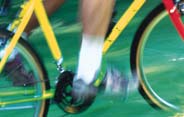
9
Go for the Burn!
Some physical activities burn more calories than others. Below are the average number of calories a 154-pound person will burn, per hour, for a variety of activities. (A lighter person will burn fewer calories; a heavier person will burn more.) As you can see, vigorous-intensity activities burn more calories than moderate-intensity activities.
Moderate Physical Activity
Calories Burned per Hour
Hiking
370
Light gardening/yard work
330
Dancing
330
Golf (walking and carrying clubs)
330
Bicycling (less than 10 mph)
290
Walking (3.5 mph)
280
Weight lifting (light workout)
220
Stretching
180
Vigorous Physical Activity
Calories Burned per Hour
Running/jogging
590
Bicycling (more than 10 mph)
590
Swimming (slow freestyle laps)
510
Aerobics
480
Walking (4.5 mph)
460
Heavy yard work (chopping wood,
440
for example)
Weight lifting (vigorous workout)
440
Basketball (vigorous)
440
Source: Adapted from the 2005 Dietary Guidelines Advisory Committee Report Physical Activity and Y
our Health
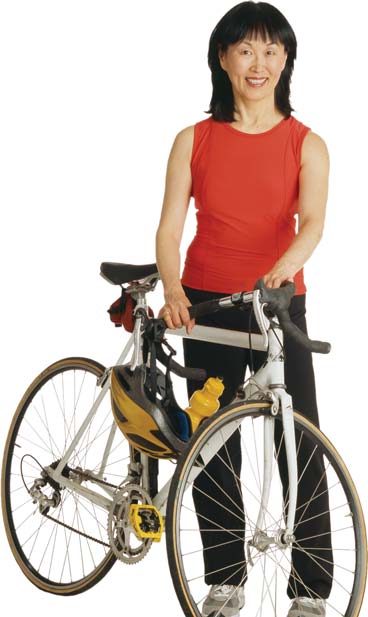
10
L I L Y K R A M E R
I think exercise is extremely important.
“Whenever I feel stressed out, I go to the
gym and work out. I come out of there
feeling much better.”
ur Hearto
ur Guide to Physical Activity and YoY
11
Great Moves
Given the numerous benefits of regular physical activity, you may be ready to get in motion! But first, it’s important to know how activities differ from one another and how each form of movement uniquely contributes to your health. Three types of activity are important for a complete physical activity program: aerobic activity, resistance training, and flexibility exercises. Let’s take a brief look at each one.
Types of Physical Activity
Aerobic activity is any physical activity that uses large muscle groups and causes your body to use more oxygen than it would while resting. This booklet focuses mainly on aerobic activity because it is the type of movement that most benefits the heart.
Examples of aerobic activity are brisk walking, jogging, and bicycling.
Resistance training—also called strength training—can firm, strengthen, and tone your muscles, as well as improve bone strength, balance, and coordination. Examples of strength moves are pushups, lunges, and bicep curls using dumbbells.
Flexibility exercises stretch and lengthen your muscles. These activities help to improve joint flexibility and keep muscles limber, thereby preventing injury. An example of a stretching move is sitting cross-legged on the floor and gently pushing down on the tops of your legs to stretch the inner thigh muscles.
Working Together for Health
While aerobic activities benefit the heart most, all three types of Gr
movement are vital components of a physical activity program.
eat Moves
They also work together in important ways. For example, resistance exercises can help you achieve the muscle strength, balance, and

12
coordination to do your aerobic activities more successfully.
Meanwhile, flexibility training will help you to move your muscles and joints more easily and prevent injury as you engage in aerobic activities. Many activities that promote flexibility and strength are also relaxing and fun. (See the box, “Three Moves for Health,”
on page 13.) Below is a sample schedule for a well-rounded activity program.
A Complete
Activity Program
A Sample Weekly Schedule
Sunday
Aerobic
Stretch
Monday
Aerobic
Strength
Stretch
Tuesday
Aerobic
Stretch
Wednesday
Aerobic
Strength
Stretch
Thursday
Aerobic
Stretch
Friday
Aerobic
Strength
Stretch
Saturday
Aerobic
Stretch
ur Hearto
ur Guide to Physical Activity and YoY
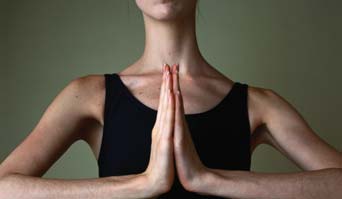
13
Three Moves for Health
While not usually aerobic, the activities below offer numerous health benefits and are enjoyable ways to get and stay in shape.
All are offered at many YMCAs, community or recreation centers, and gyms.
●
Yoga is a system of physical postures, stretching, and breathing techniques that can improve flexibility, balance, muscle strength, and relaxation. Many styles are available, ranging from slow and gentle to athletic and vigorous. A recent study found that regular yoga practice may help to minimize weight gain in middle age.
●
Tai chi is an ancient Chinese practice based on shifting body weight through a series of slow movements that flow rhythmically together into one graceful gesture. This gentle, calming practice can help to improve flexibility and balance, and it gradually builds muscle strength.
●
Pilates is a body conditioning routine



















